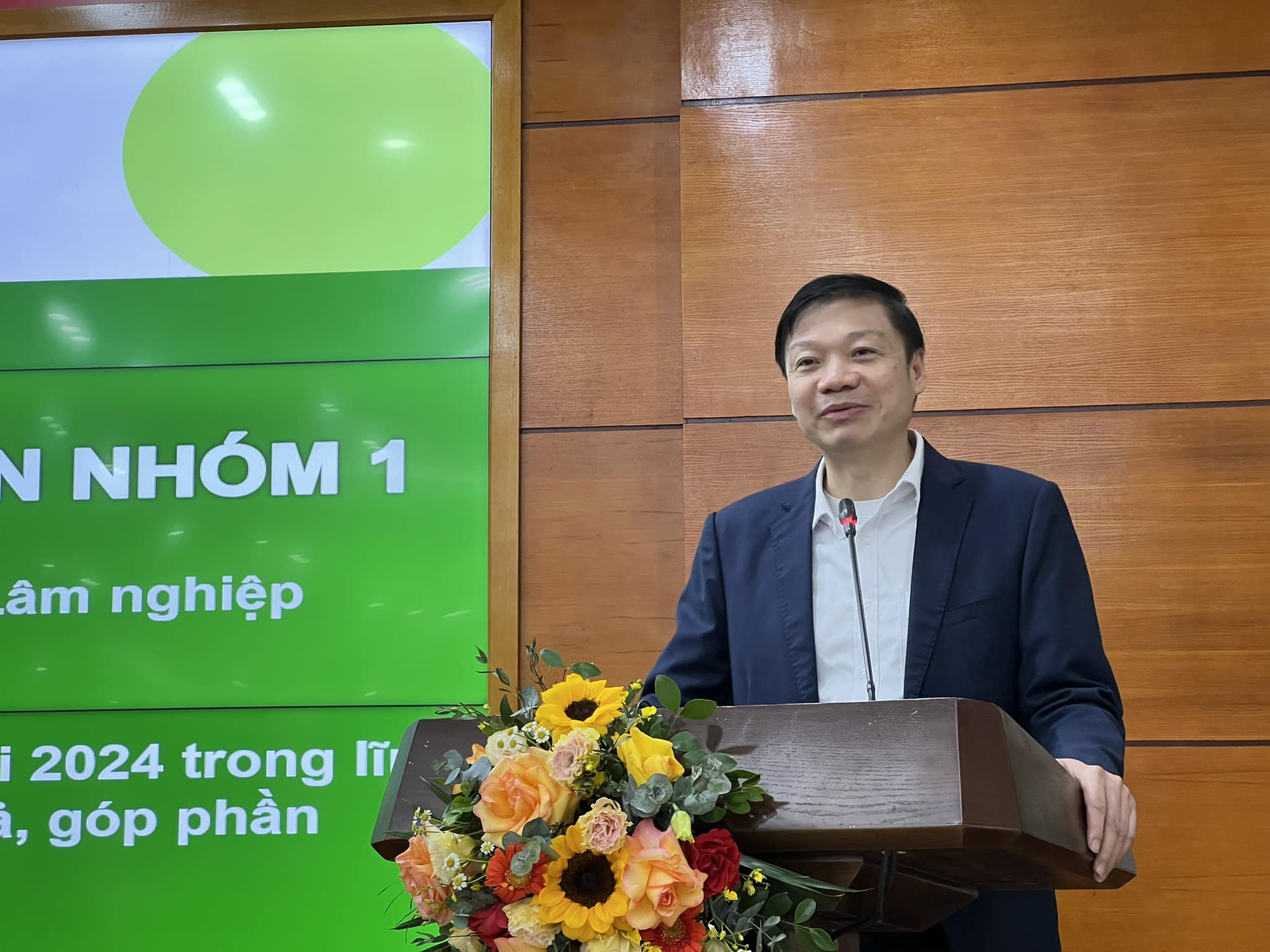
What results has the forestry sector achieved after 3 years of implementing the Vietnam forestry development strategy for the period 2021 - 2030, with a vision to 2050, sir?
- After 3 years of implementing the strategy, with the direction of the Government, ministries, and the coordination of localities, the forestry sector has synchronously and effectively implemented solutions and achieved many very important results in all aspects: economy , social security and environment.
Economically, the forestry production structure has shifted towards increasing the added value of the forestry production chain. The forestry production value has grown steadily at 4.6% per year. The export value of timber and forest products has reached an average of 15.8 billion USD, with a high trade surplus. Revenue from forest environmental services has reached an average of 3,650 billion VND per year.
In particular, in 2023, VND 4,130 billion was collected, including VND 997 billion from forest carbon absorption and storage services, contributing to reducing pressure on state budget expenditures, paying for the protection of about 7.3 million hectares of forest, becoming an important and sustainable financial source for the forestry sector.
Regarding social security, forestry activities have created jobs for about 5 million direct workers. Policies to support forest protection, contract forest protection to households, individuals and communities with an average of about 6.2 million hectares/year, creating income and improving livelihoods for people, contributing to hunger eradication, poverty reduction and new rural construction in mountainous areas.
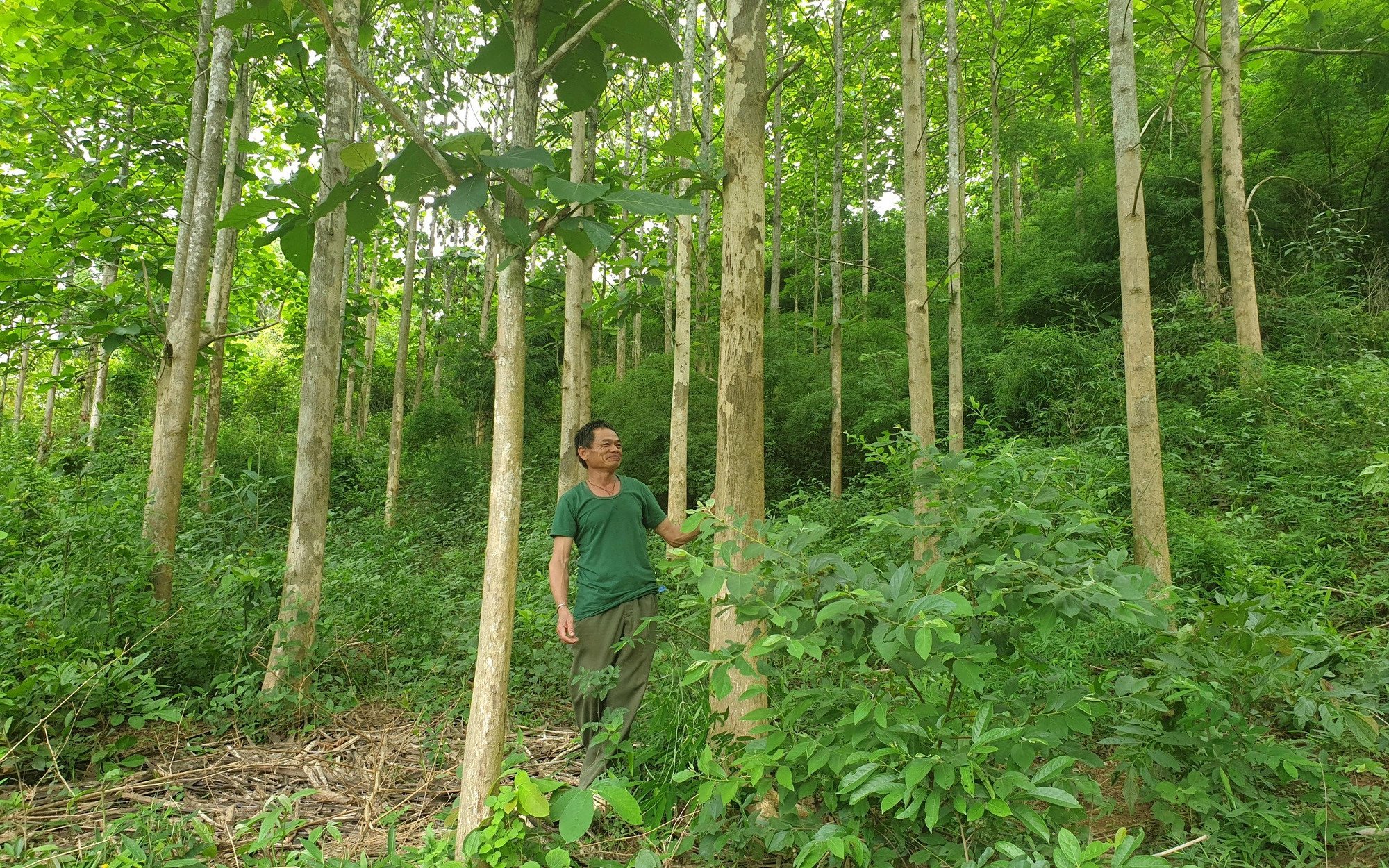
People in Dien Bien province take care of planted forests. Photo: Tay Bac
Application of information technology in forest management
Mr. Nguyen Ba Ngai - Vice President of Vietnam Forest Owners Association suggested that in order to further develop the forestry strategy in the coming time, competent authorities should continue to study and supplement sub-law documents guiding the implementation of the 2024 Land Law, including unifying regulations on forestry land codes and specific regulations on land used for the purpose of forest protection and development.
In addition, the application of high technology in forest and forestry land management is enhanced. In addition to supporting statistics, inventory, and monitoring forest developments, technology also helps monitor forests in real time, serving forest fire prevention, as well as tracing the legal origin of wood.
Regarding the environment, the forest coverage rate continued to be maintained at 42.02%; strict management was strengthened and the exploitation of timber from natural forests was stopped; forest protection and development work made many advances, contributing positively to ensuring water security and environmental security; making an important contribution to the implementation of the millennium goals, implementing global commitments on climate change response, reducing greenhouse gas emissions, green growth, developing a circular economy and other sustainable development goals.
In the face of new regulations of the 2024 Land Law, in your opinion, how should the forestry industry change?
- Faced with the fluctuations of the world situation, new market regulations to trace the origin of wood, respond to climate change, the forestry sector needs to continue to remove barriers to promote forestry production, ensure national security and defense, continue to amend legal regulations to synchronize with the new regulations of the 2024 Land Law, including Article 248 on amending a number of articles of the Forestry Law. There needs to be decentralization and delegation of authority to convert forest use purposes to the People's Council at the provincial level.
To ensure effective implementation and sustainable forest development, the agricultural sector will advise the Government to issue a decree to implement this law, and at the same time issue policies to promote economic development for people to ensure sustainable forest management such as developing ecotourism and non-timber forest products under the forest canopy.
Currently, there is a gap in land statistics monitoring between the forestry sector and environmental resources. Therefore, we are advising the Government to issue a national forestry plan, which clearly defines the criteria for forest types: protection forests, special-use forests, and production forests. Based on that, localities will review, inventory, and mark boundaries in sync with the land database, thereby stably managing and helping to mobilize resources for forest development.
The forestry sector is also applying digital transformation, building a database to connect with 1 million forest owners, manage each plot and each forest area, and update annual developments on forest development.
The new point of the 2024 Land Law is to expand the subjects receiving the right to use forestry land and forest land, with the limit increased up to 15 times. How does this regulation affect the implementation of the strategy, sir?
- Currently, with the allocation of land and forests, the subjects receiving land and forests, the Forestry Law has been amended to synchronize with the 2024 Land Law. The forestry sector is also advising the Government to issue an amended decree to synchronize this subject, simplify administrative procedures so that people can feel secure in producing on the allocated land.
In 2024, the forestry sector will coordinate with relevant agencies and localities to conduct a general forest census and inventory, thereby determining forest quality, forest plots associated with forest owners, and reviewing unowned forest boundaries to implement the policy of land and forest allocation.
Of the 14.7 million hectares of forest and forested land, about 3.3 million hectares have no real owners and are temporarily assigned to the People's Committees of communes for management. Based on the promulgated 2024 Land Law, the synchronous guiding decree, the results of forest surveys, and the direction of the Government, these forest areas will continue to be reviewed and assigned to the subjects, with priority given to the people so that people have production materials, ensure their livelihoods, and stabilize their lives.
Thank you!
Source




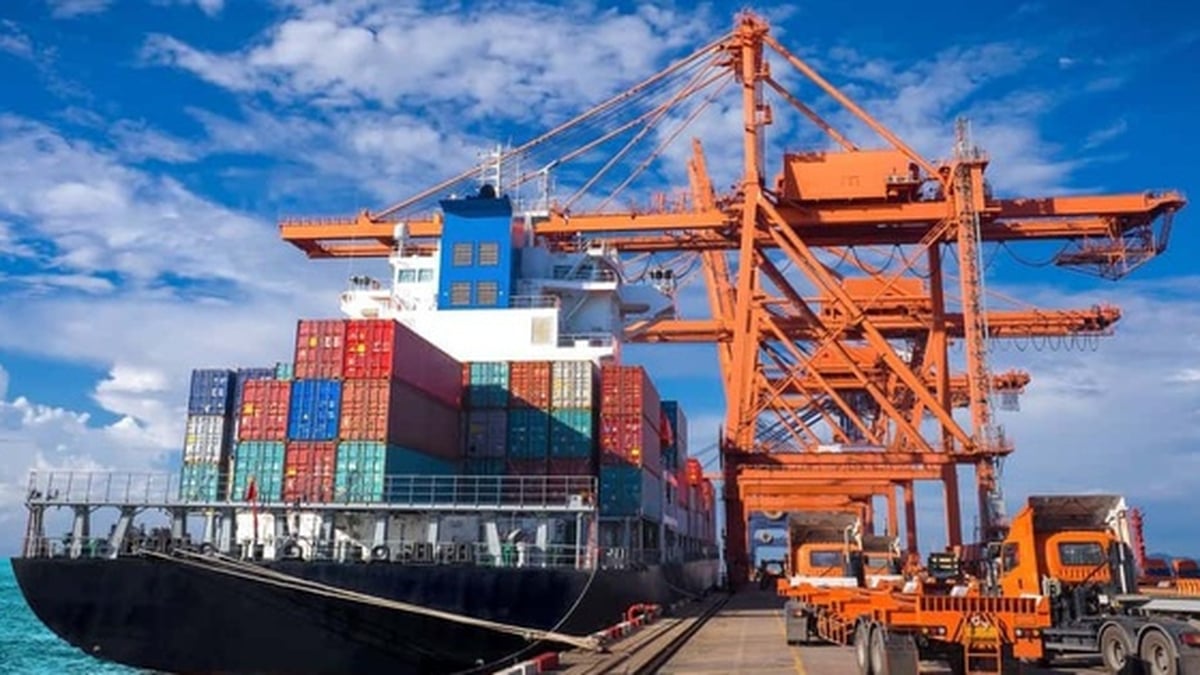



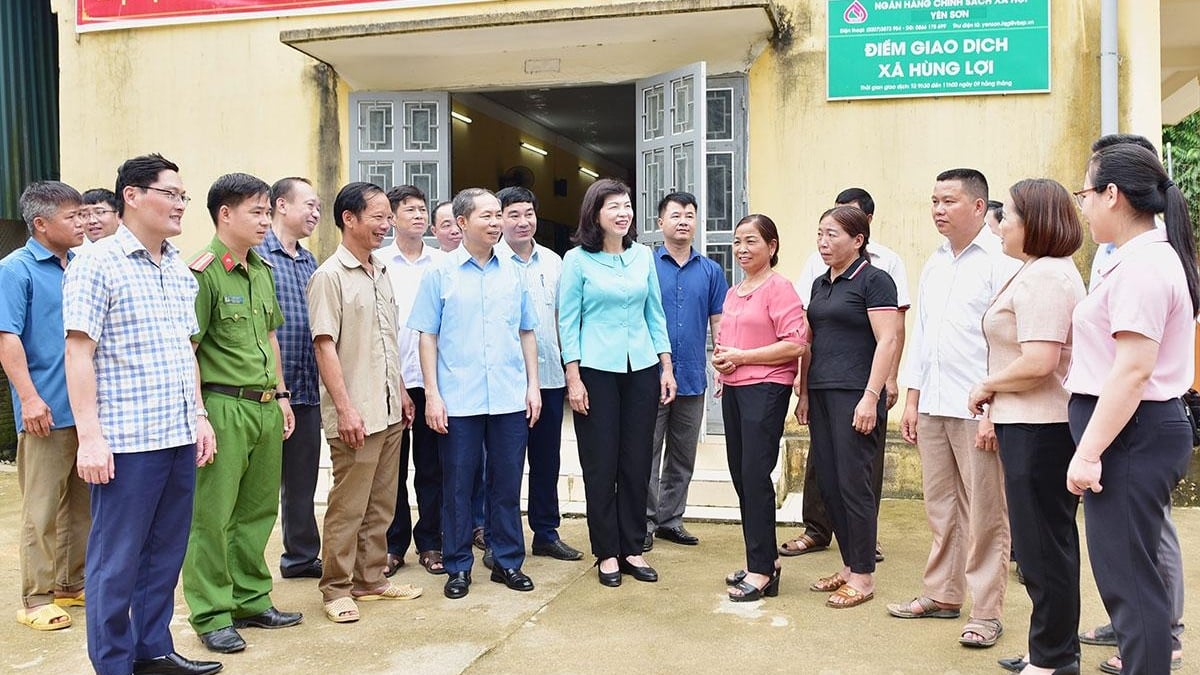









































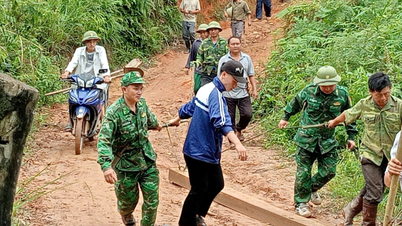






































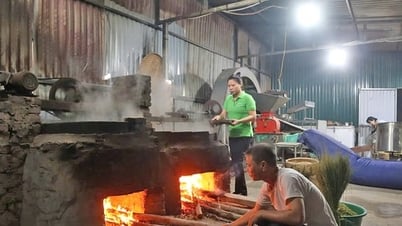












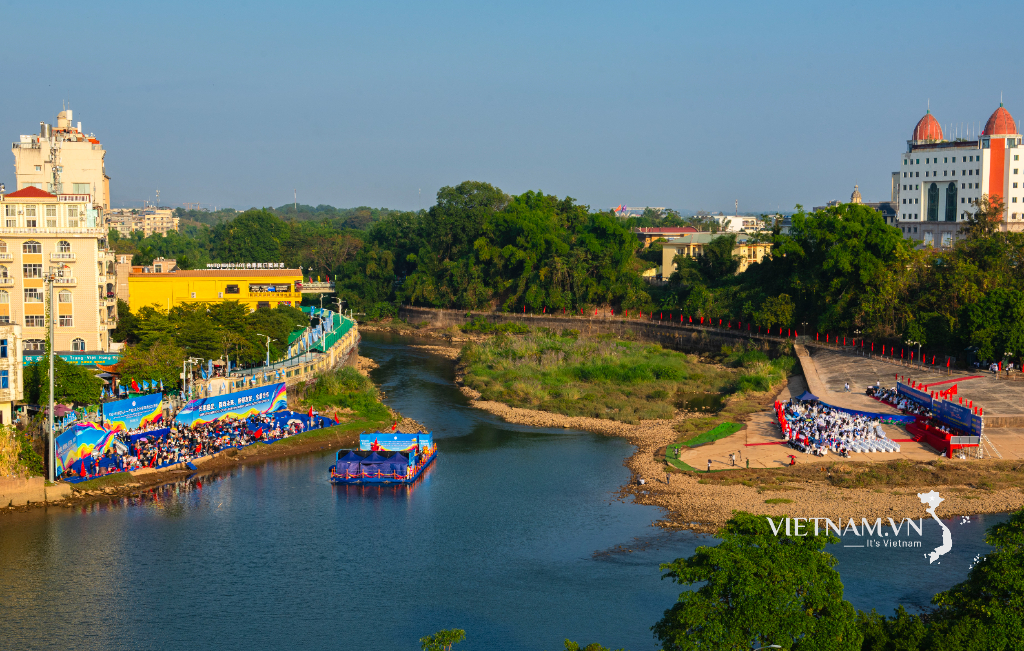

Comment (0)